Cleaning is essential for maintaining a healthy home, but overcleaning can sometimes do more harm than good. Certain surfaces and items wear down faster when scrubbed too frequently, leading to damage, fading, or even bacteria buildup. Many homeowners unknowingly shorten the lifespan of their belongings by using harsh products too often. Understanding the right balance can help you keep your home clean while preserving its condition for years to come.
1. Hardwood Floors
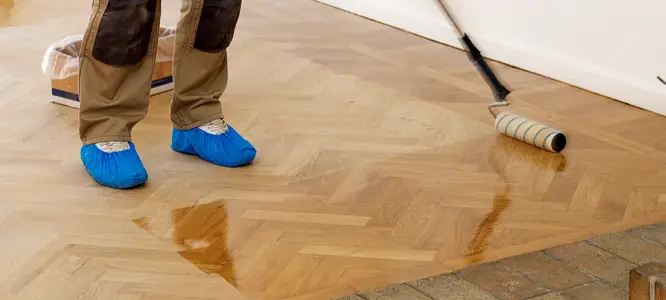
According to Better Homes & Gardens, over-mopping hardwood floors can strip away their protective finish, making them more vulnerable to scratches and moisture damage. Frequent use of harsh cleaners can also cause the wood to dry out and develop cracks over time. Instead of daily mopping, experts recommend using a dry microfiber mop and cleaning with a damp mop only once a week. This approach preserves the floor’s integrity while keeping it free from dust and debris.
Many homeowners believe that more cleaning equals better maintenance, but hardwood floors thrive with minimal moisture exposure. Excessive water or cleaning products can seep into the wood, causing warping or discoloration. A gentle approach with a damp cloth or specialized wood cleaner is ideal. By reducing how often you mop, your hardwood floors will maintain their shine and durability for much longer.
2. Stone Countertops

As noted by The Spruce, natural stone countertops, such as granite and marble, are sensitive to acidic and abrasive cleaners. Overcleaning with harsh chemicals can wear away the protective sealant, making the stone more susceptible to stains and etching. Even mild dish soap, when used too frequently, can cause buildup that dulls the surface. A simple wipe-down with a damp cloth is often enough for daily maintenance.
Polishing stone surfaces too often can also lead to an uneven finish over time. Instead of aggressive scrubbing, experts suggest resealing stone countertops once a year to maintain their protective barrier. Using pH-balanced cleaners designed specifically for stone will help prevent unnecessary wear. By cutting back on excessive cleaning, you can keep your countertops looking polished and pristine for years.
3. Mirrors
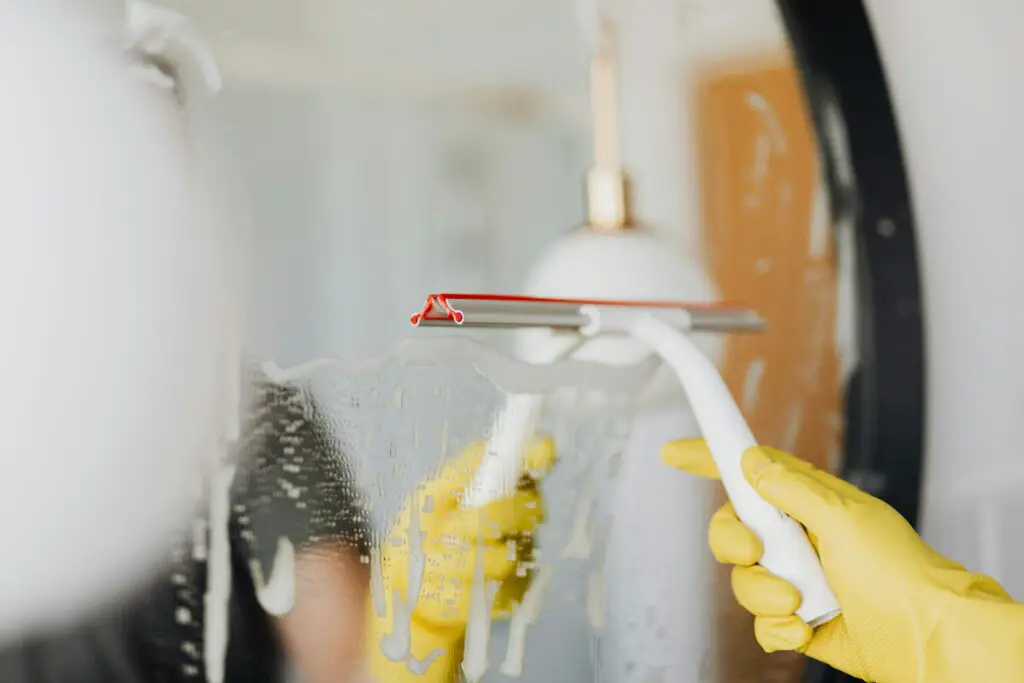
According to Good Housekeeping, mirrors don’t need daily cleaning, as frequent spraying with glass cleaners can create streaks and buildup. Many people assume more cleaning equals a clearer reflection, but excessive product use often has the opposite effect. A dry microfiber cloth can remove smudges without leaving behind streaks. Limiting full cleanings to once a week is usually sufficient.
Over time, excessive moisture exposure from sprays can also damage the backing of mirrors, causing dark spots or deterioration. Instead of saturating the surface with cleaner, lightly mist a cloth before wiping to prevent liquid from seeping into the edges. This technique reduces the risk of damage while keeping the mirror crystal clear. A simple, dry buffing between cleanings can help maintain a spotless look.
4. Leather Furniture

As noted by Martha Stewart, frequent cleaning of leather furniture can strip away natural oils, leaving the material dry and prone to cracking. Many leather cleaners contain strong chemicals that can accelerate wear when used too often. Instead of weekly scrubbing, a light dusting and occasional conditioning will keep leather soft and supple. Over-conditioning can also lead to buildup, making the surface feel sticky rather than smooth.
Leather is naturally durable, but aggressive cleaning weakens its protective coating. A mild damp cloth is usually enough to remove dirt and spills without damaging the material. Conditioning should be done sparingly—once every three to six months—to prevent drying out. By scaling back on cleaning frequency, leather furniture will maintain its luxurious look and feel for years to come.
5. Stainless Steel Appliances

Many homeowners believe that stainless steel needs constant wiping to maintain its sleek look. However, over-cleaning with harsh products can cause streaking and degrade the protective coating. Too much scrubbing can also lead to micro-scratches that trap dirt and fingerprints more easily. Instead of daily polishing, a quick buff with a dry microfiber cloth helps keep surfaces looking spotless.
Using oil-based cleaners too frequently can cause a sticky residue to build up over time. This not only attracts more dust but also makes the surface harder to clean. A weekly wipe-down with a damp cloth is usually enough for maintenance. Avoiding excessive product use will help preserve the natural shine of stainless steel.
6. Wooden Furniture

Cleaning wooden furniture too often can wear down its finish, making it more vulnerable to scratches and stains. Many wood cleaners contain silicones or waxes that build up over time, dulling the original shine. A simple dusting with a microfiber cloth is often enough for regular upkeep. Deep cleaning should be limited to once a month to prevent unnecessary damage.
Excessive polishing can also lead to a sticky surface that attracts more dust. Instead of weekly treatments, occasional conditioning with a high-quality wood polish helps maintain moisture balance. Wood naturally develops a patina over time, which adds to its charm and durability. By avoiding excessive cleaning, wooden furniture will retain its beauty for decades.
7. Carpets and Rugs
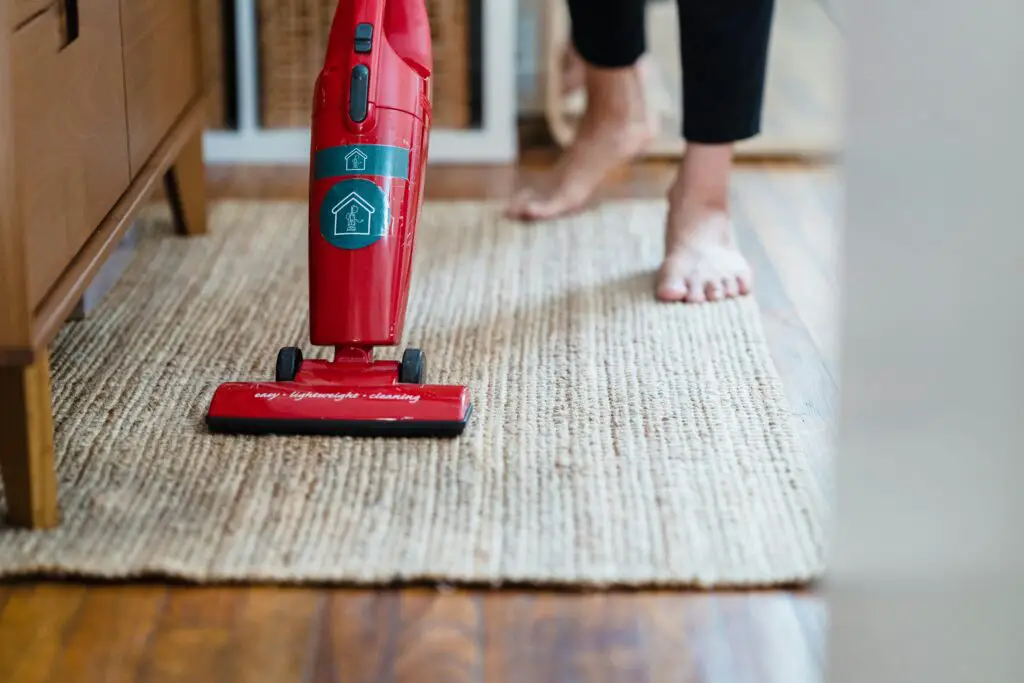
Vacuuming carpets too frequently can cause unnecessary wear on fibers, especially in low-traffic areas. Many people assume daily vacuuming is beneficial, but too much suction can weaken the structure of the carpet. Instead, spot-cleaning spills and vacuuming high-traffic areas a few times a week is sufficient. This method extends the lifespan of the material while keeping dirt under control.
Deep shampooing or steam cleaning carpets too often can also be counterproductive. Excessive moisture can lead to mold and mildew growth, causing odors and potential health issues. Experts recommend deep cleaning carpets every six to twelve months, depending on household activity. Scaling back on cleaning frequency helps carpets stay fresh without unnecessary damage.
8. Glass Shower Doors

Frequent scrubbing of glass shower doors can lead to micro-scratches that make the surface more prone to soap scum buildup. Many commercial cleaners contain ammonia or bleach, which can weaken the glass over time. Instead of daily wiping, a quick rinse with water after each shower helps prevent residue from accumulating. A weekly deep clean is usually sufficient for maintaining clarity.
Overuse of abrasive sponges can also wear down any protective coatings on the glass. A simple vinegar and water solution provides a gentle yet effective alternative. Squeegeeing after showers reduces the need for harsh chemicals altogether. Limiting aggressive cleaning helps keep shower doors looking new for longer.
9. Washing Machines
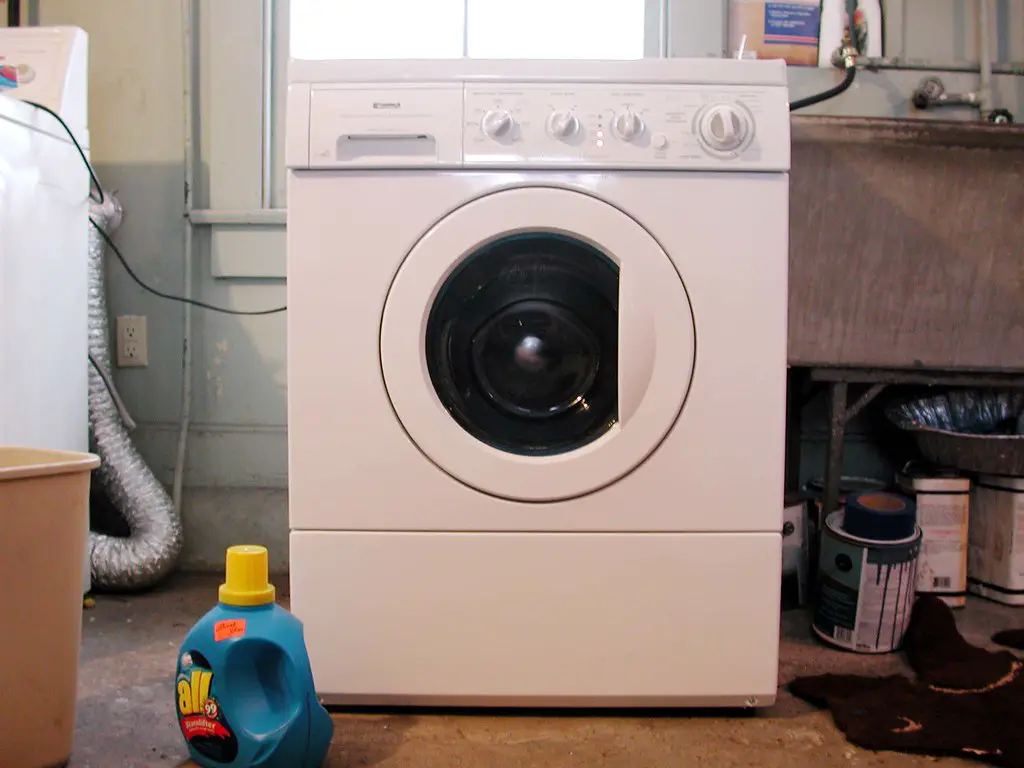
Too much cleaning of washing machines can cause damage to internal components. Many people use strong detergents or cleaners too frequently, which can leave behind residue and shorten the appliance’s lifespan. Instead, running a cleaning cycle once a month is usually sufficient. Regular maintenance without excessive scrubbing keeps the machine functioning efficiently.
Overuse of bleach or descaling agents can corrode metal parts and rubber seals. A mild vinegar rinse is often enough to keep odors at bay without causing damage. Leaving the door open after each use also helps prevent mold growth. Reducing unnecessary cleanings helps prolong the life of washing machines.
10. Nonstick Cookware
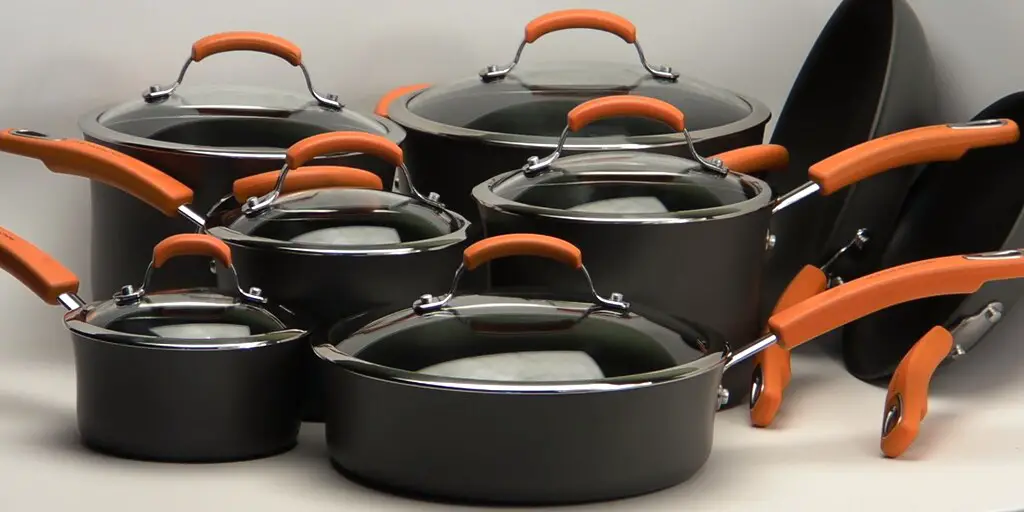
Many people assume nonstick cookware needs frequent scrubbing to stay in top condition. However, overcleaning with harsh sponges or abrasive cleaners can strip away the nonstick coating, making pans less effective over time. Instead, a gentle hand wash with mild dish soap and a soft sponge is sufficient for everyday use. Frequent exposure to high heat and aggressive scrubbing can cause the coating to wear down much faster than necessary.
Dishwashers can also accelerate the breakdown of nonstick surfaces. The high temperatures and harsh detergents cause the coating to degrade, reducing its lifespan. To maintain longevity, it’s best to hand wash nonstick cookware and avoid using metal utensils. By handling these pans with care, they can remain functional for years without losing their nonstick properties.
11. Upholstered Furniture
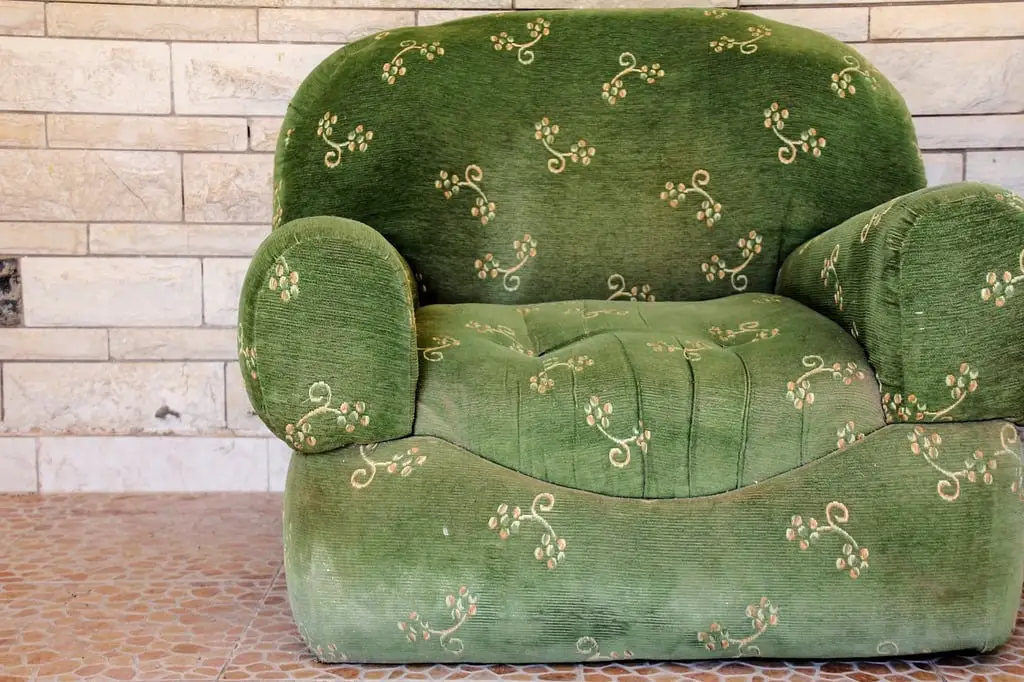
Overcleaning upholstered furniture can lead to premature wear and fading. Frequent scrubbing with chemical cleaners can break down the fabric fibers, making them more susceptible to stains and discoloration. Instead of aggressive spot treatments, a simple vacuuming routine and occasional fabric-safe cleaning solution are recommended. Too much moisture can also seep into the cushions, creating a breeding ground for mold and mildew.
Excessive shampooing or steam cleaning can weaken the fabric’s integrity. Many upholstery materials are designed to be naturally resistant to dirt and spills, meaning deep cleaning should only be done when absolutely necessary. Using protective sprays and rotating cushions can help maintain appearance without the need for frequent washing. By scaling back on excessive cleaning, upholstered furniture remains vibrant and durable for much longer.
12. Silverware
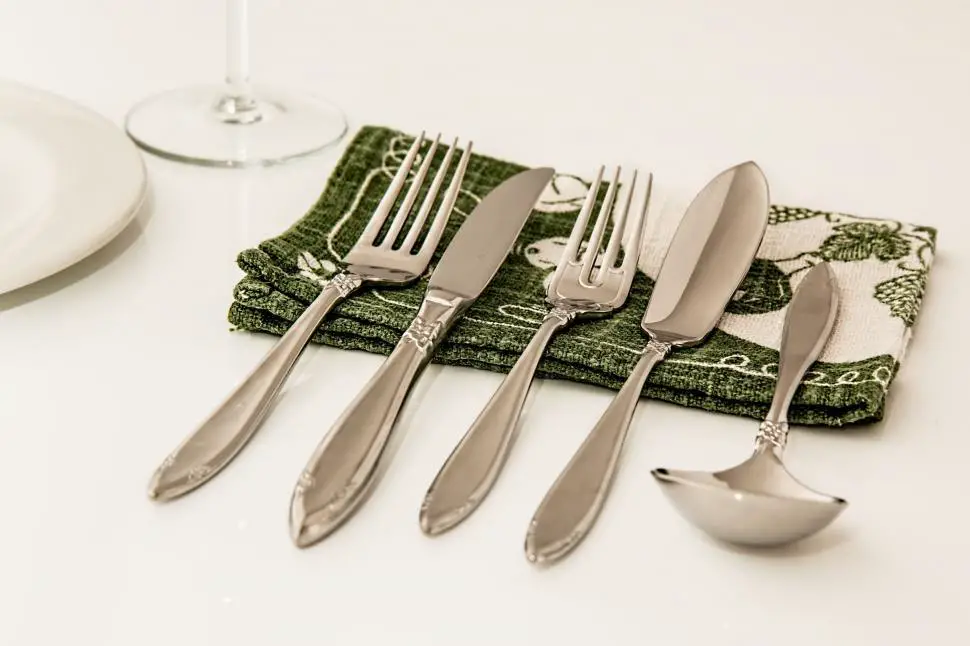
Cleaning silverware too often with abrasive polishes can strip away its natural patina, diminishing its value and aesthetic appeal. Many people assume frequent polishing is necessary to keep silver bright, but in reality, occasional tarnish buildup is normal. Overuse of chemical cleaners can actually make silverware more prone to oxidation. Instead, silver should be polished only when tarnish becomes noticeable.
Everyday washing with mild soap and water is usually enough for maintenance. Harsh scrubbing can create tiny scratches that dull the surface over time. Storing silverware properly in anti-tarnish cloths or cases can help reduce the need for excessive cleaning. A gentle approach keeps silver looking elegant while preserving its quality.
13. Ceiling Fans
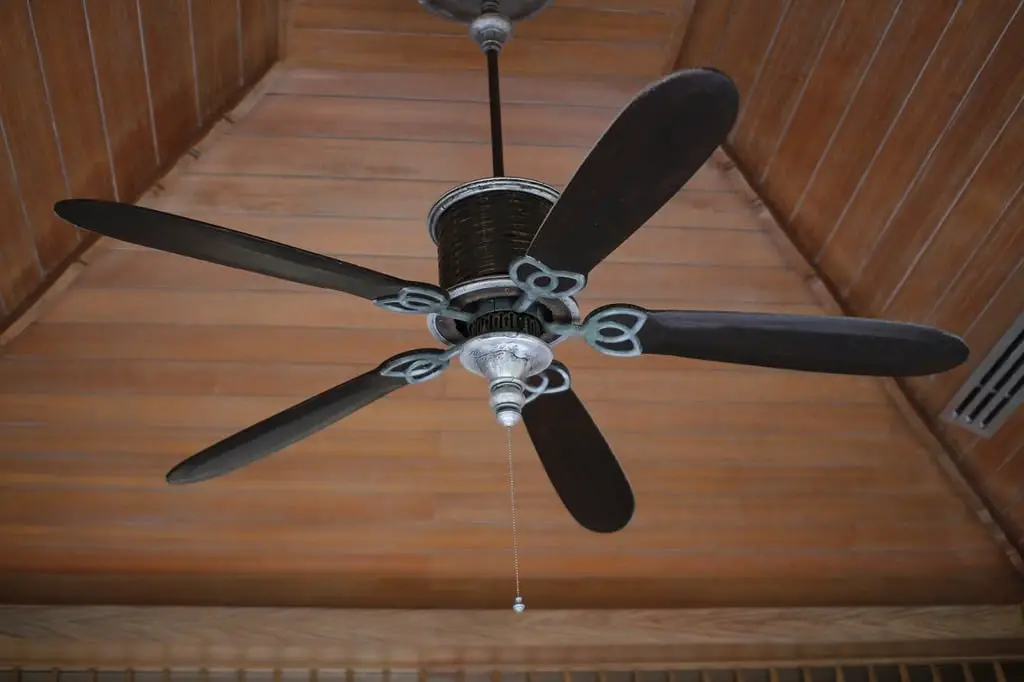
Ceiling fans don’t need constant cleaning, despite the common belief that frequent dusting improves air quality. Overcleaning with strong cleaning products can wear down the motor housing and blades, making the fan less efficient. Instead, a light dusting every few weeks is enough to prevent buildup. Too much force during cleaning can also knock the blades out of alignment, leading to wobbling and noise issues.
Using liquid sprays too often can cause dirt to stick to the blades rather than repel it. Dry microfiber cloths or dusters work best for maintenance. A deep clean every few months is sufficient to keep the fan functioning well without unnecessary wear. Reducing frequent scrubbing helps extend the fan’s lifespan while maintaining airflow efficiency.
14. Wooden Cutting Boards

Overwashing wooden cutting boards can cause them to crack and warp over time. Unlike plastic boards, wood naturally resists bacteria due to its porous structure, meaning excessive cleaning isn’t necessary. Soaking wooden boards in water or using harsh soaps can strip away the natural oils that keep them durable. Instead, a quick rinse with warm water and mild soap is usually enough for daily upkeep.
Frequent use of bleach or other disinfectants can weaken the wood and make it more prone to splitting. To maintain longevity, wooden cutting boards should be dried immediately after washing and occasionally treated with mineral oil. This prevents the wood from drying out and ensures its durability. By avoiding excessive washing, wooden cutting boards remain both functional and long-lasting.
15. Mattresses
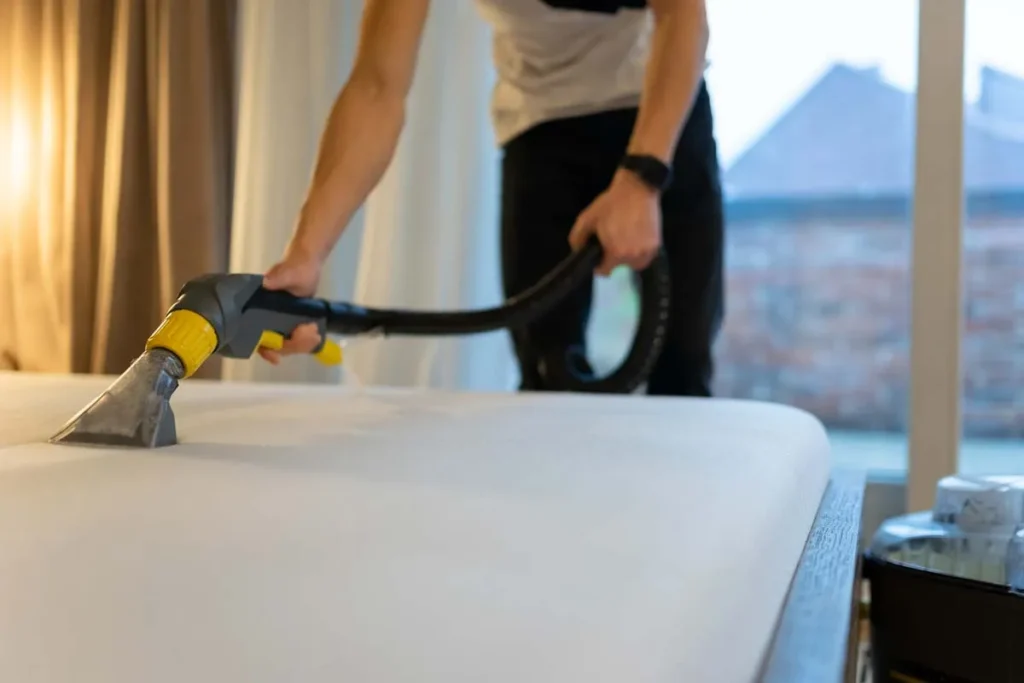
Many people assume frequent deep cleaning is necessary to keep mattresses fresh, but overcleaning can actually damage their internal structure. Too much moisture from steam cleaners or sprays can seep into the mattress, leading to mold growth and trapped odors. A simple vacuuming once a month is usually enough to remove dust and allergens. Using mattress protectors reduces the need for excessive washing or chemical treatments.
Applying too many deodorizers or disinfectants can cause buildup that affects breathability. Instead of frequent shampooing, spot-cleaning stains and airing out the mattress can keep it fresh. Rotating and flipping the mattress every few months helps maintain its shape without the need for constant scrubbing. By cutting back on unnecessary cleaning, mattresses remain comfortable and supportive for much longer.
